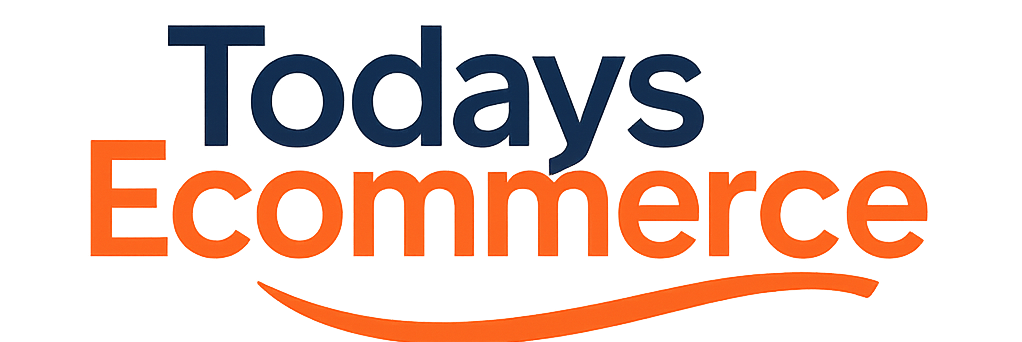E-commerce is experiencing a seismic shift as President Trump’s comprehensive tariff policies reshape how Americans shop online. While major retailers scramble to absorb rising costs, Etsy has emerged with a strategic advantage that could transform its market position. The Brooklyn-based marketplace, known for handmade and vintage items, is actively promoting domestic shopping as a solution to tariff-induced price increases that are hitting import-heavy competitors like Temu and Shein.
Trump’s tariff implementation has been swift and severe, imposing a staggering 145% rate on Chinese imports and 10% on other countries, while eliminating the de minimis provision that previously allowed packages under $800 to enter the U.S. duty-free. This policy shift means that even small supply orders from Chinese suppliers now face triple-digit tariffs, fundamentally altering the cost structure for businesses relying on overseas sourcing.
Etsy’s response has been both strategic and opportunistic. CEO Josh Silverman announced new initiatives to help shoppers discover local businesses through dedicated shopping pages and by promoting nearby sellers on the platform’s website and mobile application. This domestic focus isn’t just marketing rhetoric—it’s backed by compelling numbers. Approximately 90% of Etsy’s 5.4 million active sellers source their materials domestically, and about half of all products on the platform are made in the United States. With over 60 million items available in the U.S. alone, Etsy’s decentralized model of solo entrepreneurs working from home provides natural insulation from tariff chaos.
The timing couldn’t be better for Etsy’s pivot toward domestic shopping promotion, as competitors face significant price increases and supply chain disruptions that could drive consumers toward locally-sourced alternatives.
Tariff Impact Creates Market Opportunity
The suspension of the de minimis exemption represents a fundamental shift in U.S. trade policy that disproportionately affects import-dependent platforms. Previously, customs allowed imports under $800 to enter tariff-free, but this exemption has been eliminated specifically for China-origin goods. The impact is immediate and substantial—a $400 packaging order now costs $880 after tariffs, while sterling silver components costing $600 monthly now require $1,320.

Etsy’s competitors are already feeling the pressure. Temu and Shein have announced price increases in response to the tariffs, while sellers on Amazon’s third-party marketplace are contemplating similar moves. This creates a pricing advantage for Etsy’s domestic sellers who aren’t subject to these additional costs.
Strategic Positioning for Long-term Growth
Etsy has formed a dedicated operational task force to monitor global tariff changes and develop mitigation strategies for affected sellers. The company’s leadership views these trade disruptions as an opportunity to demonstrate resilience compared to rivals. “Overall, I believe Etsy will demonstrate greater resilience compared to many of our rivals in these circumstances,” Silverman noted.
The marketplace’s unique business model—where it doesn’t manufacture, hold, or price inventory—provides additional flexibility during uncertain times. Just over 1% of Etsy’s Gross Merchandise Sales come from U.S. imports of Chinese goods, representing relatively low exposure compared to competitors.
While Etsy reported disappointing first-quarter earnings with a loss of 49 cents per share versus expected profits of 47 cents, the company remains optimistic about tariffs providing a competitive boost. By highlighting domestic sourcing capabilities and making it easier for buyers to find locally produced goods, Etsy is positioning itself to capture market share from import-dependent competitors facing rising costs and supply chain challenges.

